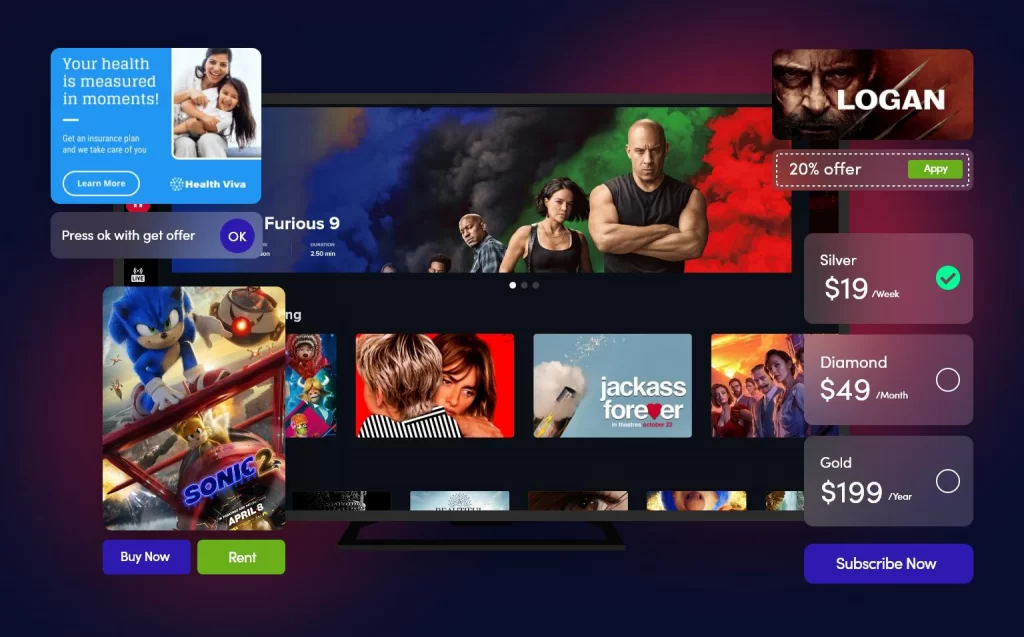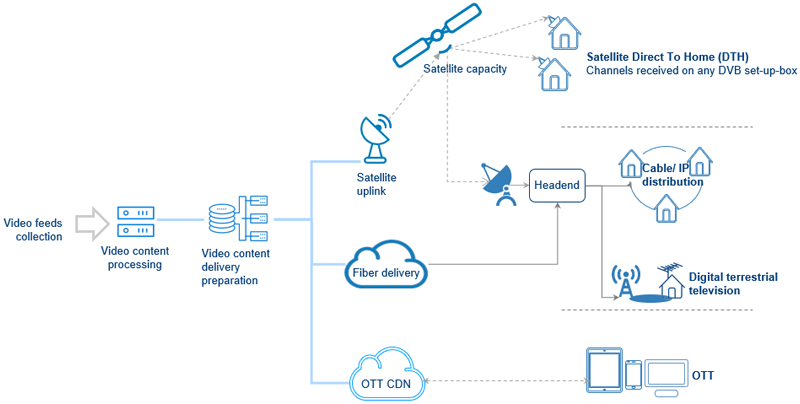What Does Apollo Group Tv Do?
What Does Apollo Group Tv Do?
Blog Article
The Ultimate Guide To Apollo Group Tv
Table of ContentsHow Apollo Group Tv can Save You Time, Stress, and Money.Apollo Group Tv Can Be Fun For EveryoneApollo Group Tv - TruthsFacts About Apollo Group Tv Uncovered
In this situation, instead of having three-minute business spots during a 30-minute tv program, television programming may alter to one where a customer will be needed to have a monthly membership, to make sure that they cen view targeted banner ads. This kind of advertising already occurs online, and the quantity of information tv companies collect enables them to do a lot the very same.Explain the impact of enrollers on program material. Describe the significant patterns among the broadcasting and cord networks. When television remained in its early stage, manufacturers designed the brand-new medium on radio. Popular radio shows such as police dramatization Dragnet and western cowboy collection Gunsmoke were adapted for television, and new television programs were sponsored by single advertisers, just as radio shows had been.
Today, the television industry is even more intricate. Programs are sponsored by multiple marketers; programs is controlled by significant media empires; and the three major networks no much longer control the airwaves however instead share their viewers with countless wire networks. A number of elements make up these patterns within the sector, consisting of technological advancements, government laws, and the creation of brand-new networks.

The Buzz on Apollo Group Tv
Established in 1969, (PBS) created out of a report by the Carnegie Payment on Educational Tv, which examined the duty of academic, noncommercial tv on culture. Public television was also meant to offer universal accessibility to tv for audiences in rural locations or visitors that could not pay for to pay for private television solutions.
The period in between 1950 and 1970 is traditionally identified as the. Besides a little part of airtime regulated by public tv, the three significant networks (referred to as the Big 3) controlled the television market, collectively making up more than 95 percent of prime-time viewing. In 1986, Rupert Murdoch, the head of international firm News Corp, launched the Fox network, testing the prominence of the Big 3.
Targeting young and minority target markets with programs such as Buffy the Vampire Slayer, Moesha, Dawson's Creek, and The Wayans Bros., the brand-new networks wished to draw terminals far from their old network affiliations. Rather than repeating the success of Fox, UPN and WB struggled to make an impact. Incapable to bring in numerous associate stations, both new networks reached fewer families than their larger rivals due to the fact that they were inaccessible in some smaller cities.
This decision led the means for the growth of wire flick networks, adding to the exponential development of cable in the 1980s and 1990s. apollo tv group. More deregulation of cable in the 1984 Wire Communications Plan Act eliminated constraints on cable prices, enabling drivers to charge what they wanted for cord services as long as there worked competition to the service (a criterion that over 90 percent of all wire markets might fulfill)
The Best Guide To Apollo Group Tv

Having created the very first "superstation," Turner broadened his realm by founding 24-hour information network CNN in 1980. At the end of the year, 28 national programs solutions were offered, and the cable transformation had started. Over the following decade, the sector underwent a duration of quick development and popularity, and by 1994 viewers could pick from 94 fundamental and 20 premium cable solutions.
Number 9 - https://www.kickstarter.com/profile/apollogtv01/about.16 Boosted competitors from cable networks has triggered a stable decrease in the networks' target market ratings. Throughout the 1950s, the cost of creating a solitary television show boosted as programs came to be much longer and manufacturing expenses soared. Sponsorship on network tv changed from solitary sponsorship, in which a program was totally sustained and created by one marketer, to several sponsorship, in which marketers purchased 1- or 2-minute areas on the show
Select one of the Big Four networks and publish out its weekly programming schedule. Watch the network's prime-time programs over the training course of a week, noting the target demographic for each program.
Apollo Group Tv Fundamentals Explained

Direct television, commonly referred to as traditional broadcast TV, includes cable and satellite tv. It's called "straight" because material adheres to a fixed shows routine, unlike on-demand web content which the private viewer makes a decision to enjoy based on their very own choices and schedule. When you ask, "What is straight Television?", believe of it redirected here as the timeless way of enjoying television that has actually been around for decades.
Report this page